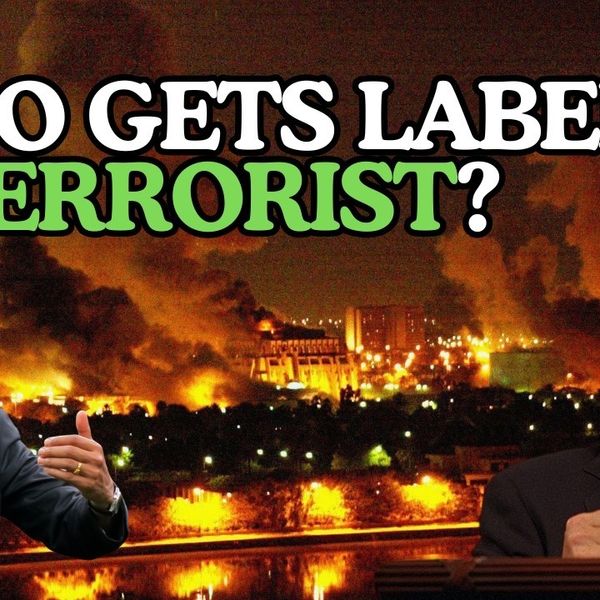Update Friday 3/24 6:30 a.m. EST:
In what is being called the biggest land war in Europe in decades, Russian troops reportedly advanced on the Ukrainian capital of Kiev Friday, as explosions have been heard across the city. Citizens are reportedly held up in subway stations and underground tunnels. Gun battles throughout the urban landscape have also been reported, as have several Russian airstrikes. Photos showed least one apartment building in the city center shattered and on fire.
Thursday was marked by Russian advances over Ukraine's borders with Belarus and Russia, via Crimea and by sea. Western countries, including the United States, ordered sanctions on Moscow, which continues to seek a "demilitarization and denazification" of Ukraine, calling it a puppet of the West. As of Friday morning, Russian leaders say they reject Ukraine President Zelensky's offer to open talks for a ceasefire, potentially over the neutrality of the country. “We do not see the possibility of recognizing as democratic a government that persecutes and uses methods of genocide against its own people,” Foreign Minister Sergei Lavrov said during a news conference in Moscow.
For his part, Zelensky appeared Friday in a speech appealing to the West for help. He said there have been 137 casualties so far and that Russian saboteurs had already entered the city of Kiev and were attempting to hunt him and his family down.
“The enemy has marked me as enemy number one,” he said. “They want to destroy Ukraine politically by destroying the head of the state.”
U.S. officials said Thursday that they would aid in humanitarian assistance but Biden was clear in his own press conference that no U.S. troops would be sent to assist the Ukrainians in the fight. More U.S. personnel have been activated, however, to defend NATO positions outside Ukraine, if the fighting should spill over the borders. In a statement Thursday, Secretary of Defense Lloyd Austin, noting the 90,000 troops the U.S. now has stationed in Europe, said, "(The U.S.) stands united with our Allies and partners to support Ukraine and to deter aggression against NATO, while avoiding conflict with Russia." The alliance is holding an emergency meeting today.
At issue all along has been Ukrainian membership in NATO. Ukrainian desperately wants it, Russia vehemently opposes it, and NATO has claimed the "door is open" but has yet to offer the prize. As a result there is no bound obligation for the alliance to come to Zelensky's aid. “Who is ready to fight alongside us? I don’t see anyone,” he said Friday. “Who is ready to give Ukraine a guarantee of NATO membership? Everyone is afraid.”
***
Russian forces have advanced into Ukraine while attacks and explosions have been reported across several cities, including the capital of Kiev, after Vladimir Putin announced a “special military operation” of “demilitarization and denazification” of the country Thursday morning local time.
As of Thursday morning EST, 50 Russian soldiers were reportedly killed as Ukrainian forces have mounted a counterattack. Moscow says it is not targeting cities, but key defense infrastructure throughout the country, including military aircraft at an airport outside Kiev. Russian naval forces were also reportedly entering the country by sea, according to Ukrainian sources. Meanwhile, President Zelensky has severed ties with Russia and declared martial law; citizens are reportedly now lining up at the gas pumps and grocery stores and fleeing the cities.
The international condemnation has been swift, calling the attack, which goes far beyond the territories of Donetsk and Luhansk, declared independent by Putin in a speech Sunday, unprovoked. The EU and NATO have planned emergency meetings in Brussels Thursday morning. On top of the agenda are sanctions and whether the EU is ready to follow through on a much more intense set of measures than the first tranche set into motion after Sunday. Josep Borrell Fontelles, the EU’s top diplomat, said Thursday that his organization was set to adopt “the harshest package of sanctions we have ever implemented.”
NATO chief Jens Stoltenberg called the invasion a “reckless and unprovoked attack on Ukraine, which puts at risk countless civilian lives,” in a statement. “This is a grave breach of international law, and a serious threat to Euro-Atlantic security,” and “NATO will do all it takes to protect and defend all allies.”
For its part the White House indicated it has plans to implement sanctions immediately. “President Putin has chosen a premeditated war that will bring a catastrophic loss of life and human suffering,” Biden said in a statement. “Russia alone is responsible for the death and destruction this attack will bring, and the United States and its allies and partners will respond in a united and decisive way. The world will hold Russia accountable.”
This story is developing.















